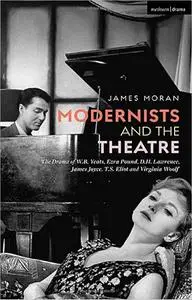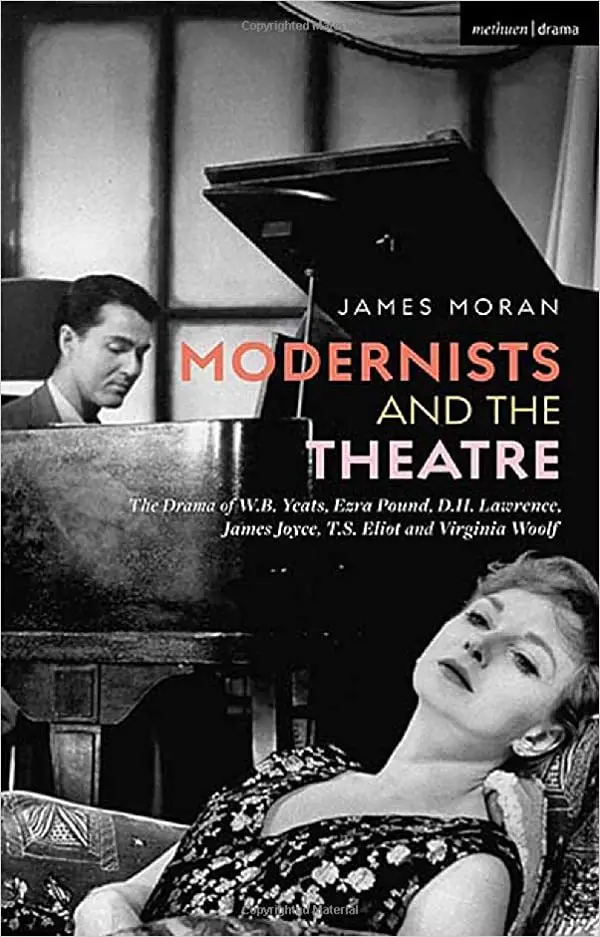James Moran, "Modernists and the Theatre: The Drama of W.B. Yeats, Ezra Pound, D.H. Lawrence, James Joyce, T.S. Eliot and Virginia Woo"
English | ISBN: 1350145491 | 2022 | 256 pages | PDF | 3 MB
English | ISBN: 1350145491 | 2022 | 256 pages | PDF | 3 MB
Modernists and the Theatre is the first study to examine how theories of modernism intersect with those of the theatre within the works, philosophies and literary lives of six key modernist writers. Drawing on a wealth of unfamiliar archive material and fresh readings of neglected documents, James Moran reveals how these literary figures interacted with the theatre through playwriting, by engaging in philosophical debates and participating in theatrical performances. Chapters assess W.B. Yeats's very earliest playwriting, Ezra Pound's onstage acting, the interconnections between James Joyce's and D.H. Lawrence's sense of drama, Eliot's thinking about theatre in Dublin, and the feminist politics of Virginia Woolf's small-scale theatrical experiments.
While these writers valued coterie production and often made hostile comments about drama, this volume highlights the paradoxical fact that, despite their harsh words, the theatrically 'large-scale' also attracted each of these writers. The theatre event of 'restricted production' offered modernists a satisfying mode of sharing their work amongst the like-minded, and the book discloses a set of unfamiliar events of this sort that allowed these writers to act as agents of legitimation in granting cultural value.
The book explores their engagements with popular drama, as well as the long-forgotten acting performances in which each of these writers personally participated. Moran uncovers how the playhouse became a key geographical space where the high-modernists could explore a tension that fascinated them, and which motivated much of their wider thinking and literary work.
Read more



